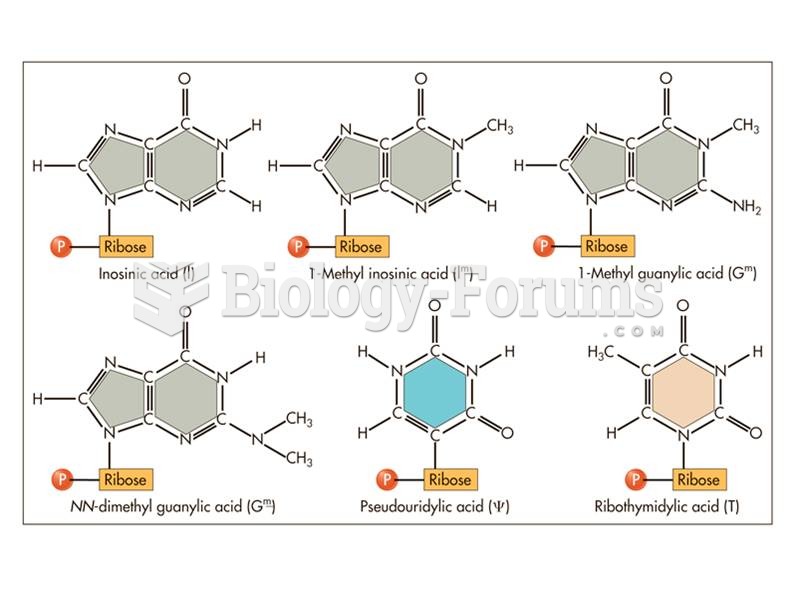|
|
|
Did you know?
According to the CDC, approximately 31.7% of the U.S. population has high low-density lipoprotein (LDL) or "bad cholesterol" levels.
Did you know?
Asthma cases in Americans are about 75% higher today than they were in 1980.
Did you know?
Studies show that systolic blood pressure can be significantly lowered by taking statins. In fact, the higher the patient's baseline blood pressure, the greater the effect of statins on his or her blood pressure.
Did you know?
Approximately 500,000 babies are born each year in the United States to teenage mothers.
Did you know?
The ratio of hydrogen atoms to oxygen in water (H2O) is 2:1.







